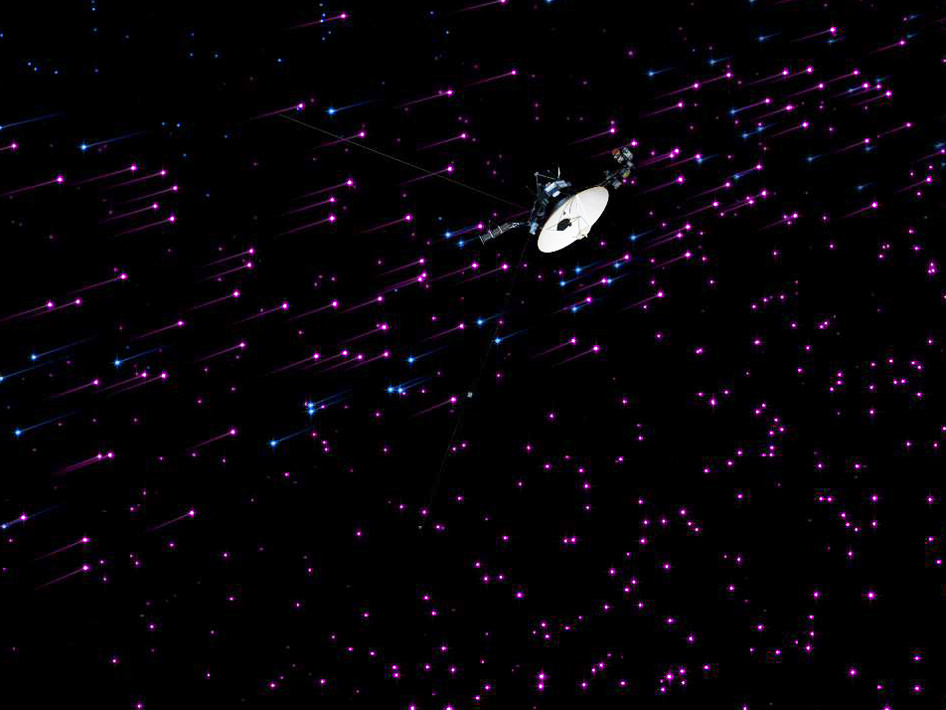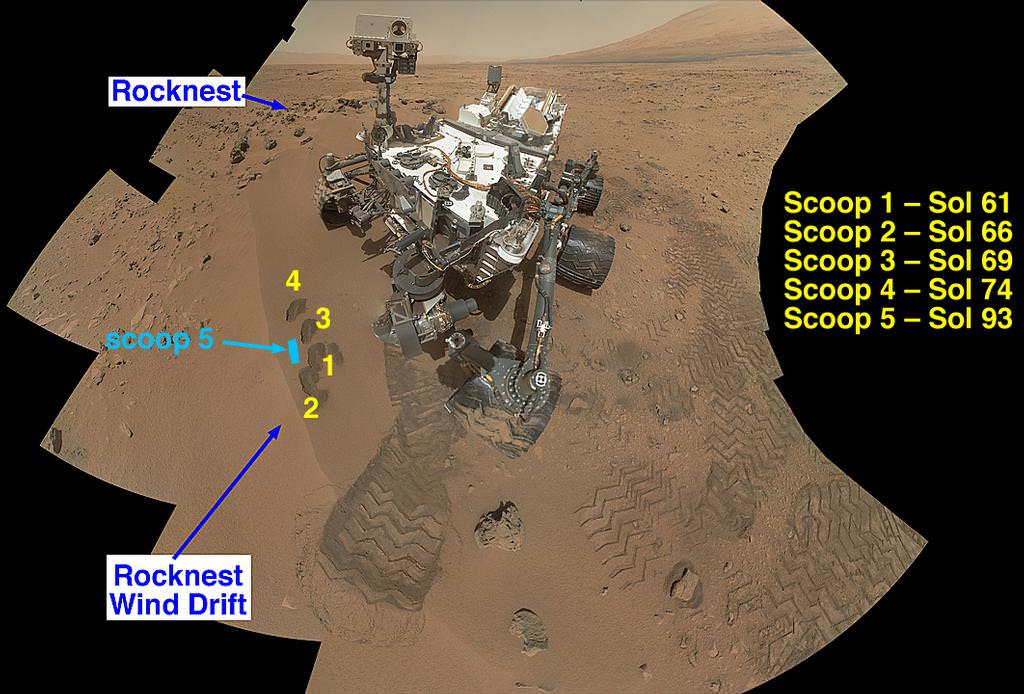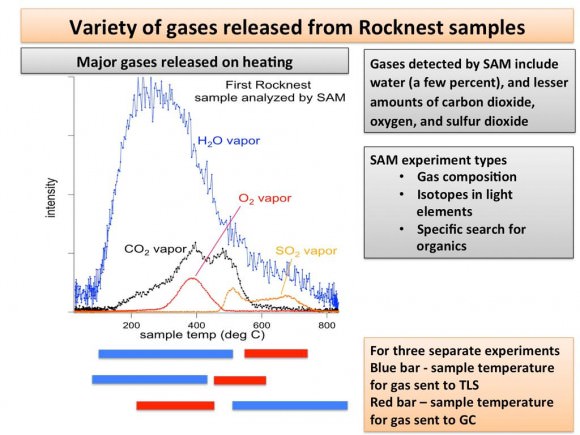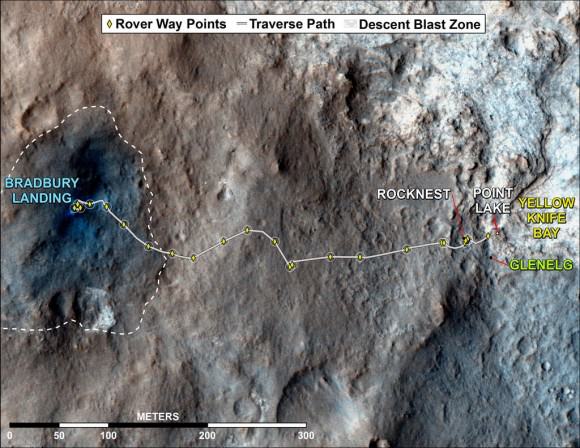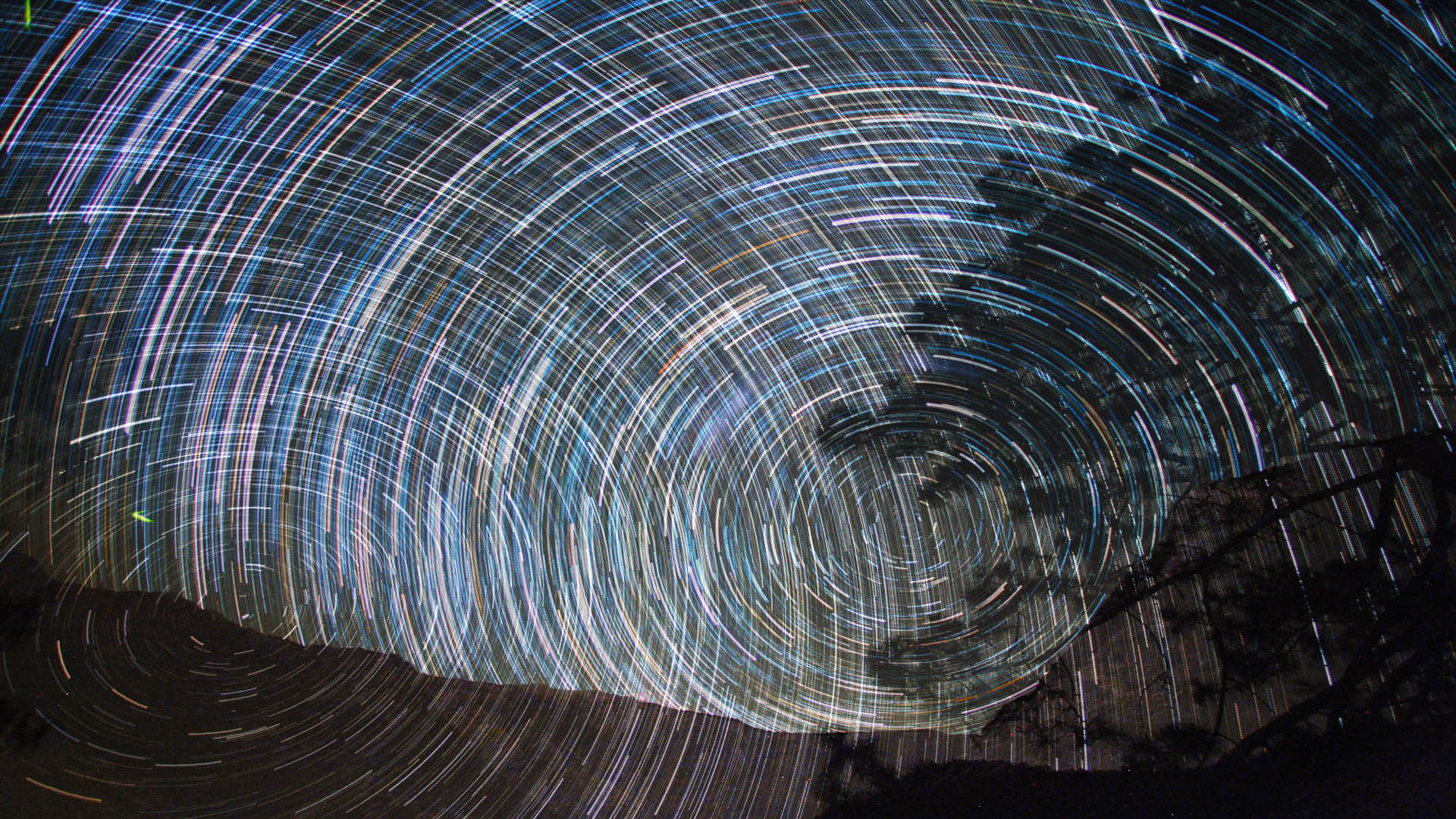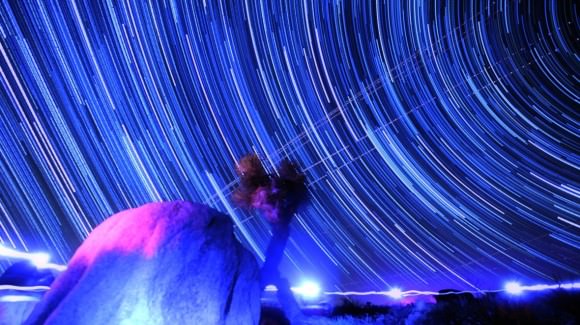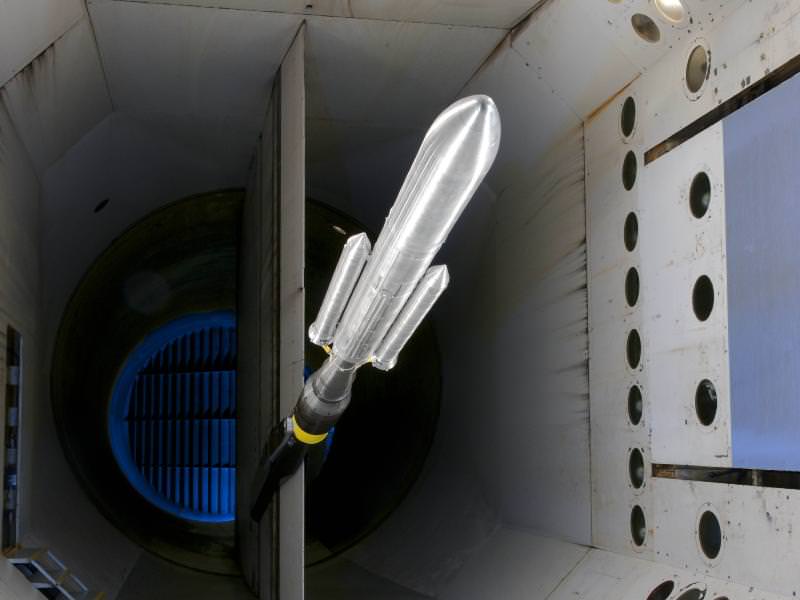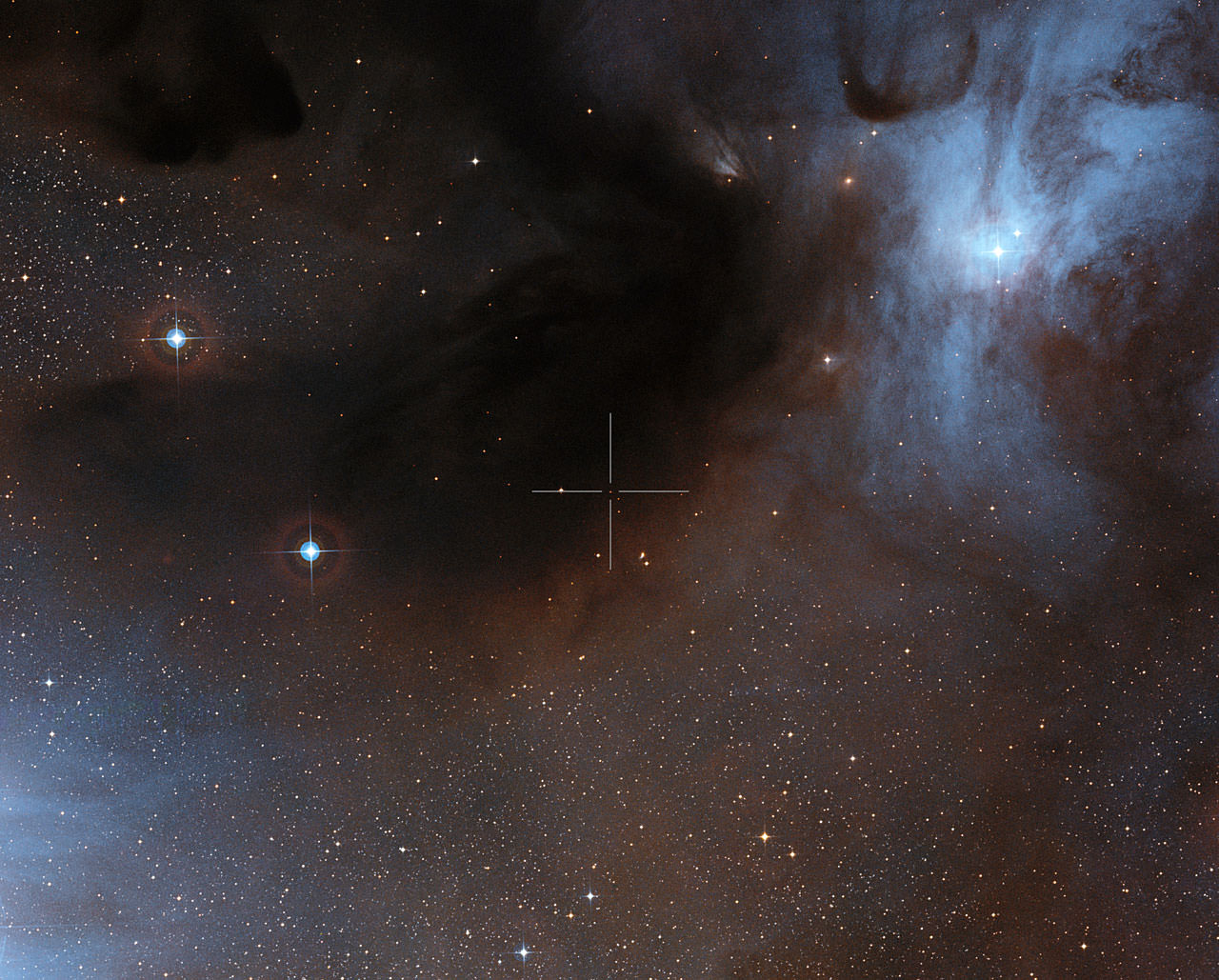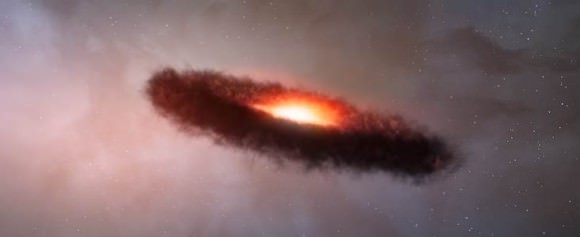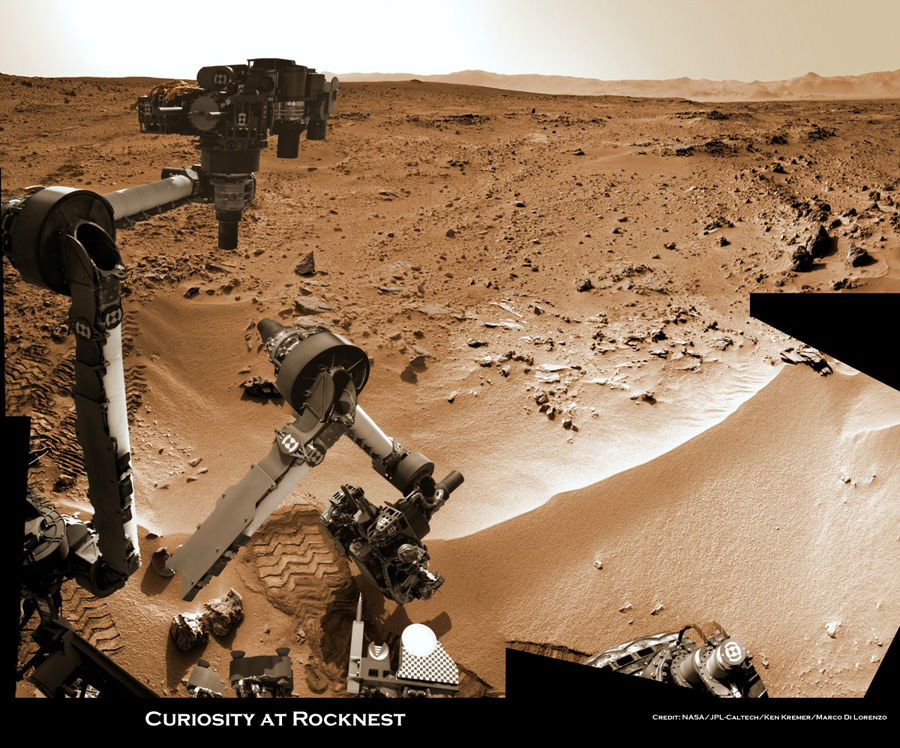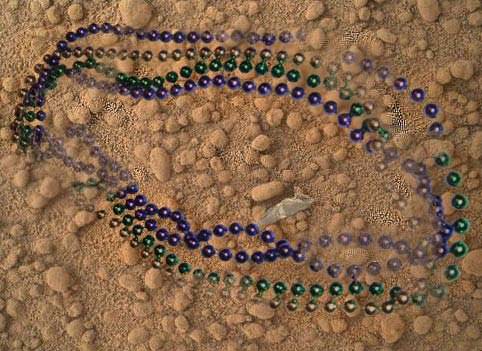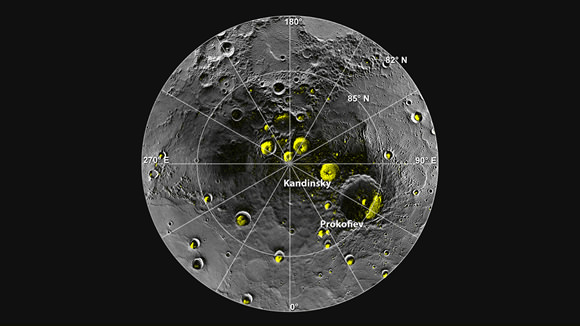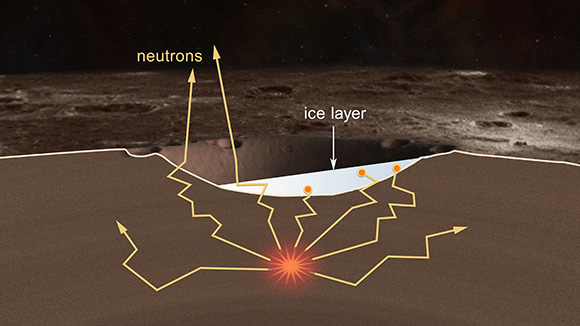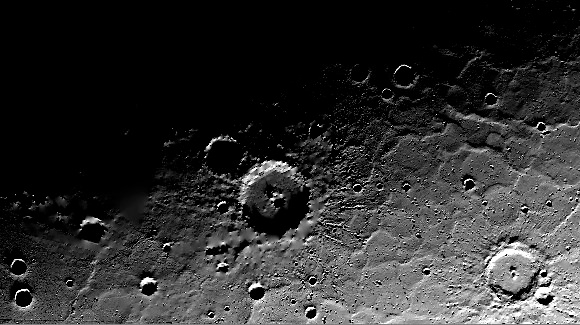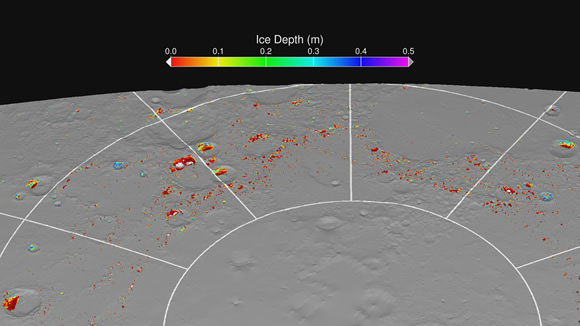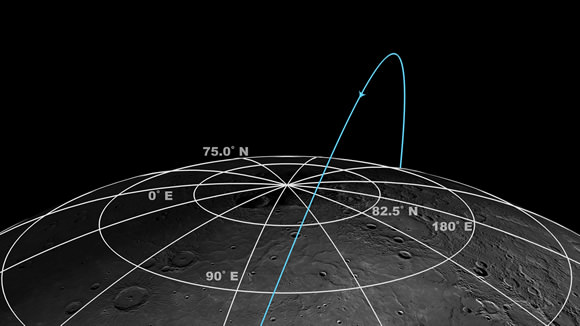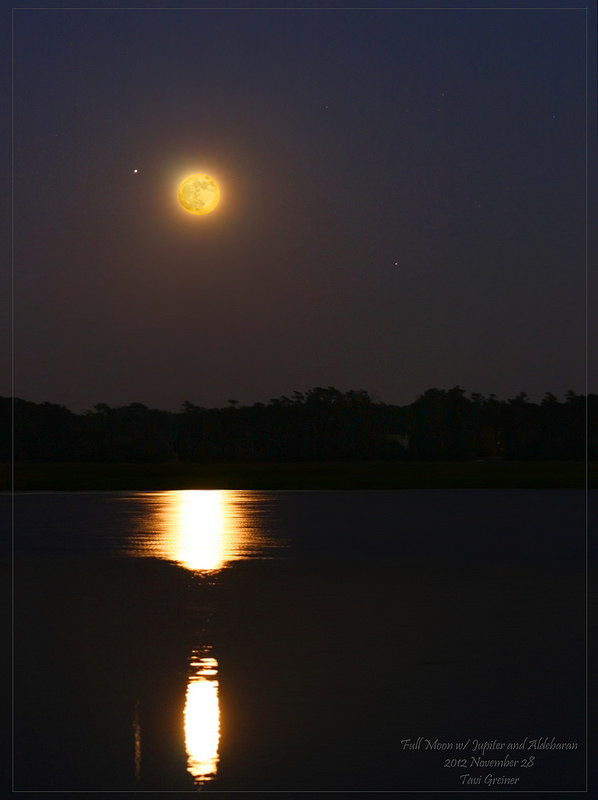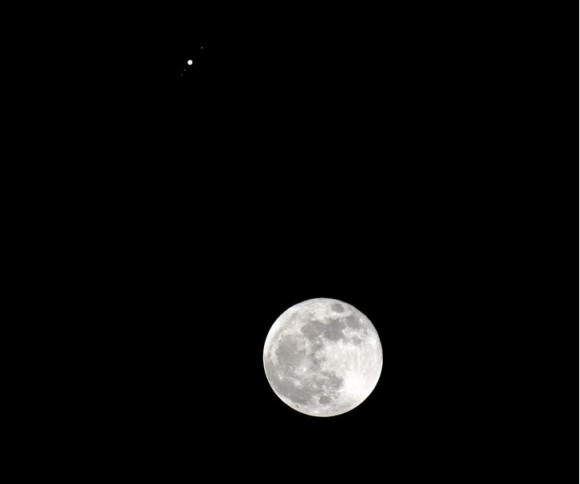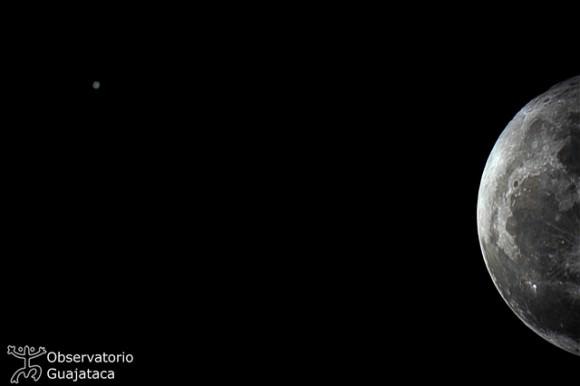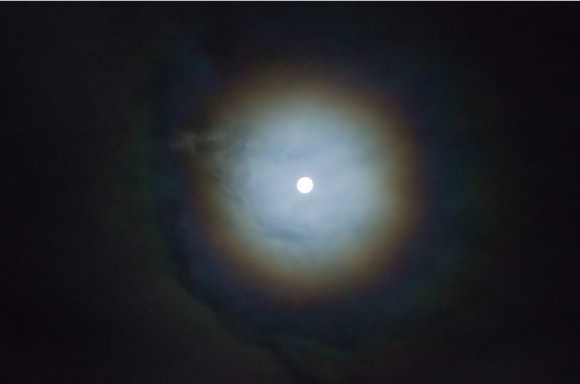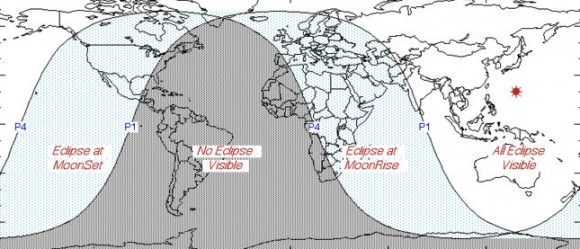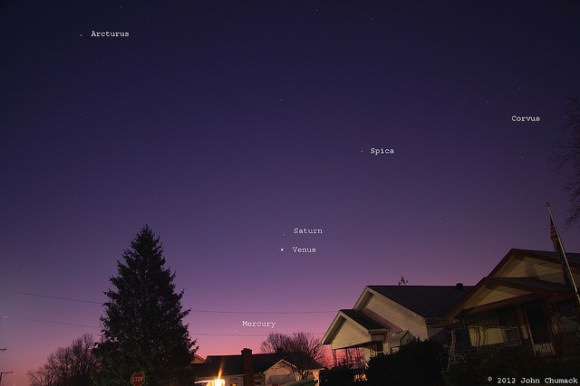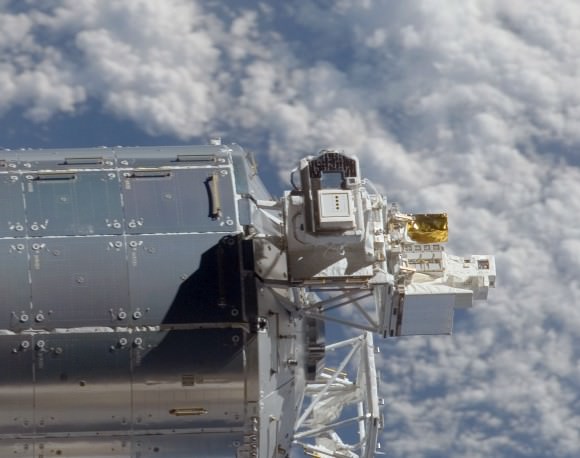Artist concept of NASA’s Voyager 1 spacecraft exploring a new region in our solar system called the “magnetic highway.” Credit: NASA/JPL-Caltech
The Voyager 1 spacecraft has not left the solar system, as was speculated earlier this year, but has now entered a new region at the edge of the solar system that scientists didn’t even know was there. It appears to be a “highway” of magnetic particles, shepherding Voyager 1 out into interstellar space.
“When you’ve gone where nothing has gone before, you expect to make new discoveries,” said Arik Posner, Voyager Program Scientist at a press briefing today.
“This is really another exciting step in the Voyager journey of exploration,” said Project Scientist Ed Stone. “Voyager’s discovered a new region of the heliosphere that we had not realized was there. It’s a magnetic highway where the magnetic field of the Sun is connected to the outside. So it’s like a highway, letting particles in and out.”
This artist’s concept shows plasma flows around NASA’s Voyager 1 spacecraft as it approaches interstellar space. Image credit: NASA/JPL-Caltech/JHUAPL
The heliosphere is a huge bubble of charged particles, and previously the Sun’s lower-energy charged particles have dominated. Now, Voyager 1 is in a region where it is surrounded almost entirely from cosmic rays from outside our solar system,as the lower-energy particles appear to be zooming out and higher-energy particles from outside are streaming in.
The first indication that something new was happening was on July 28 of this year when the level of lower-energy particles originating from inside our Solar System dropped by half. However, in three days, the levels had recovered to near their previous levels. But then the bottom dropped out at the end of August.
The two Voyager spacecraft have been heading outward since their launches 16 days apart in 1977. Voyager 1 is now near the edge of the solar system, and Voyager 2 is not far behind. Scientists feel this new region at the far reaches of our solar system is the final area the spacecraft has to cross before reaching interstellar space.
The Voyager team infers this region is still inside our solar bubble because the direction of the magnetic field lines has not changed. The direction of these magnetic field lines is predicted to change when Voyager breaks through to interstellar space.
“We believe this is the last leg of our journey to interstellar space,” Stone said. “Our best guess is it’s likely just a few months to a couple years away. The new region isn’t what we expected, but we’ve come to expect the unexpected from Voyager.”
Since December 2004, when Voyager 1 crossed a point in space called the termination shock, the spacecraft has been exploring the heliosphere’s outer layer, called the heliosheath. In this region, the stream of charged particles from the Sun, known as the solar wind, abruptly slowed down from supersonic speeds and became turbulent. Voyager 1’s environment was consistent for about five and a half years. The spacecraft then detected that the outward speed of the solar wind slowed to zero.
The intensity of the magnetic field also began to increase at that time.
“If we had only looked at the particle data alone, we would have said well, we’re out, goodbye solar system,” said Stamatios Krimigis, principal investigator for Voyager’s low-energy charged particle instrument. “We need to look at what all the instruments are telling us, because nature is very imaginative, and Lucy pulled out the football again.”
That’s because the magnetic field direction has not yet changed to the expected north-south orientation of interstellar space.
“We’re quite confident that there’s really no reason to believe we’re outside the heliosphere,” said Leonard Burlaga, with the Voyager magnetometer team. “There’s no evidence that we have entered the interstellar magnetic field. We are in a magnetic region unlike any we’ve been in before — about 10 times more intense than before the termination shock. The magnetic field data turned out to be the key to pinpointing when we crossed the termination shock. And we expect these data will tell us when we first reach interstellar space.”
As for the future of the spacecraft, which are powered by plutonium 238, they each lose about 4 watts of power a year and by 2020, the science team will have to start turning off instruments in order to conserve power. By 2025, there will probably not be enough power for any of the instruments to run, but there will be enough power to “ping” the spacecraft and have it answer. But by that time, they should be well out of the solar system. However, the spacecraft likely won’t encounter much, as it would take about 40,000 years for one of the Voyagers to reach another star system.
Voyager 1 is the most distant human-made object, about 18 billion kilometers (11 billion miles) away from the Sun. The signal from Voyager 1 takes approximately 17 hours to travel to Earth. Voyager 2, the longest continuously operated spacecraft, is about 15 billion kilometers (9 billion miles) away from our Sun. While Voyager 2 has seen changes similar to those seen by Voyager 1, the changes are much more gradual. Scientists do not think Voyager 2 has reached the magnetic highway.
Sources: Press briefing, JPL

